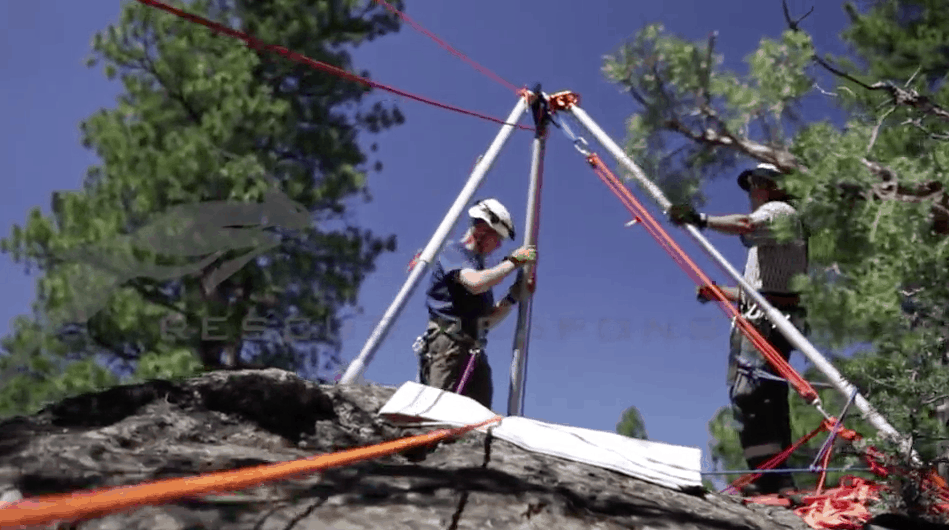Determining Mechanical Advantage using the T-Method with an added Pulley on the Load
Calculating mechanical advantage: the T-system The subtle but significant difference to this system… a pulley on the load and the main line terminated at head of the tripod. We have a 6:1 mechanical advantage in the pulley system. 1. Assume continuous strands of rope have the same amount of tension. If we start at the …
Determining Mechanical Advantage using the T-Method with an added Pulley on the Load Read More »


